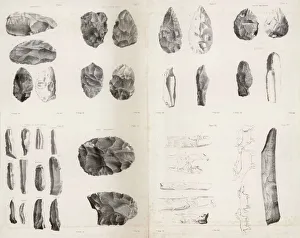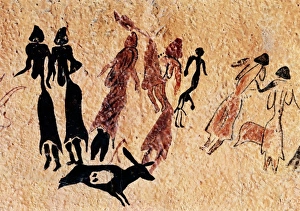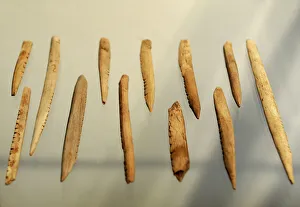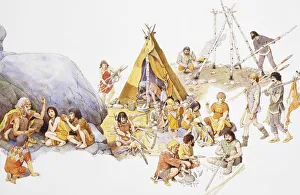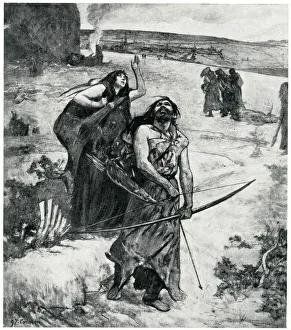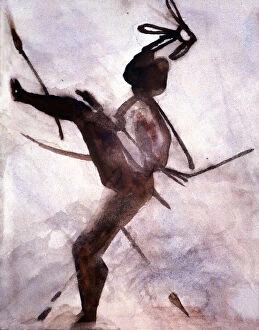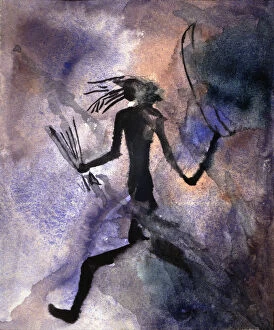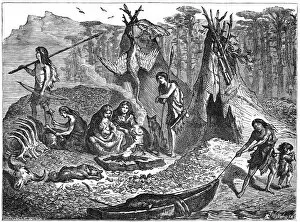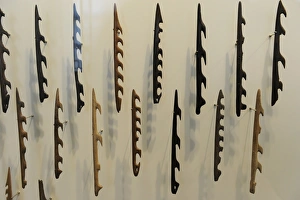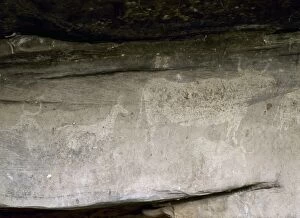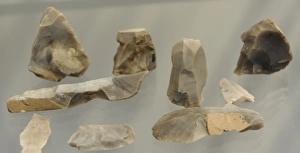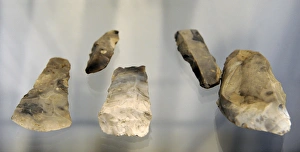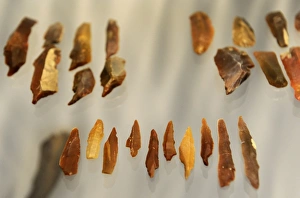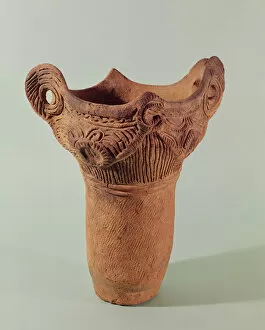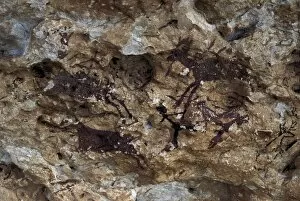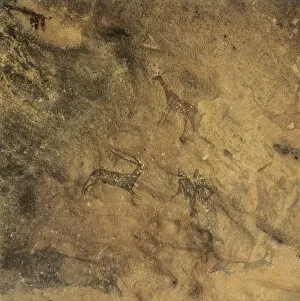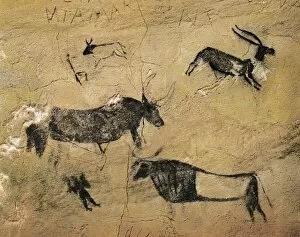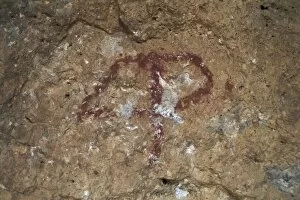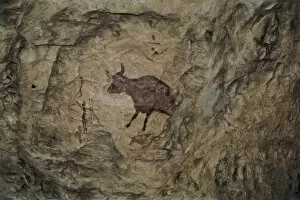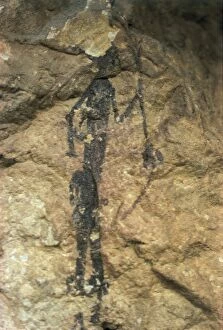Mesolithic Collection
The Mesolithic era, spanning from 9500-6500 BC, was a time of great cultural and technological advancements
All Professionally Made to Order for Quick Shipping
The Mesolithic era, spanning from 9500-6500 BC, was a time of great cultural and technological advancements. Knapped Flint Tools were widely used by the Mesolithic man for various purposes such as hunting and crafting. The Phallic dance was an intriguing ritual performed during this period, symbolizing fertility and abundance. Bone objects played a significant role in the culture of the Maglemosian people. These artifacts provided insights into their daily lives and artistic expressions. Family groups would gather around fires, seeking warmth and companionship while building dwellings to protect themselves from the elements. In Denmark, a group of axes emerged that served both practical purposes for work and battle. These tools became essential in shaping society during certain periods. Pett Level 33069_095 is an archaeological site where evidence of these axes has been discovered. Core axes were prevalent during the Maglemosian and Kongemose periods (8500-5500 BC). They represented a crucial advancement in tool-making techniques, allowing for more efficient resource extraction and craftsmanship. Reconstruction efforts at Star Carr in Yorkshire have shed light on how Mesolithic communities lived. This site provides valuable information about their settlements, social structures, and daily activities. Harpoons made from bone were commonly used by the Maglemosian Culture (8700-6500 BC) for fishing expeditions. These tools demonstrate their ingenuity in utilizing available resources to sustain themselves. Hunting played a vital role in securing food sources during the later Ice Age when resources were scarce. Cave paintings found at La Saltadora depict pictorial compositions showcasing hunters injured during their pursuits - providing glimpses into ancient storytelling traditions. Another depiction found within shelter drawings showcases a hunter equipped with bow and arrows - highlighting their advanced hunting techniques developed over time. The Mesolithic era stands as a testament to human adaptability as our ancestors navigated changing environments through innovation, artistry, community-building around fire, and the development of tools for both work and battle.

